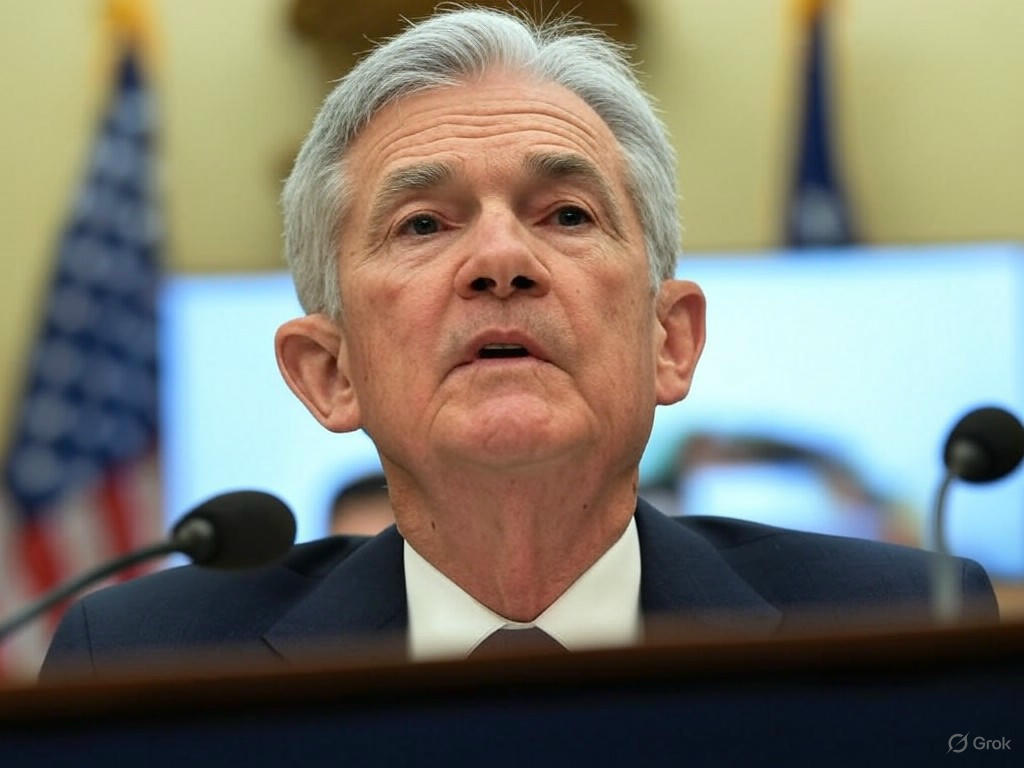As the US economy continues to chart its course through a landscape of global trade tensions and domestic policy decisions, recent data suggests that inflation remains on a mild upward trajectory. Figures for May indicate a slight uptick in consumer prices, a development that aligns with expectations but offers little clarity on the broader impact of tariffs. This incremental rise, while not alarming, sets the stage for critical discussions as Federal Reserve Chairman Jerome Powell prepares to address lawmakers on Capitol Hill. The central question remains: how will the Fed balance its monetary policy in the face of looming uncertainties?
The modest increase in inflation for May, though not a dramatic shift, reflects a complex interplay of factors. Economists point to steady consumer spending and moderate wage growth as key drivers, but the anticipated ripple effects of tariffs on imported goods have yet to fully materialize. The Fed has long cautioned that these trade policies could stoke price pressures in the coming months, particularly for industries reliant on international supply chains. For now, however, the numbers suggest a wait-and-see scenario, with inflation hovering at a level that neither demands immediate action nor offers complete reassurance. This delicate balance places additional scrutiny on Powell’s upcoming testimony, where his insights could signal the Fed’s stance on interest rates and economic stimulus.
Beyond the numbers, the broader implications of this trend are worth exploring. Businesses and consumers alike are bracing for potential cost increases as tariffs begin to bite, particularly in sectors like manufacturing and retail. Small and medium-sized enterprises, often less equipped to absorb higher input costs, may face tougher choices in the near future—whether to pass on price hikes to customers or tighten their own margins. Meanwhile, the Fed’s dual mandate of fostering maximum employment and maintaining price stability becomes ever more challenging in this environment. Powell’s remarks on the Hill will likely aim to reassure markets while acknowledging the unpredictable nature of trade-related disruptions. Analysts expect him to emphasize the importance of data-driven decisions, potentially hinting at flexibility in rate adjustments if inflation accelerates unexpectedly.
As the year progresses, all eyes will remain on how these economic threads weave together. The mild inflation reported in May might be a temporary reprieve, but the specter of tariff-induced price shocks looms large. For now, the Federal Reserve appears poised to maintain a cautious approach, monitoring incoming data while preparing for contingencies. Powell’s testimony could serve as a pivotal moment, offering a glimpse into the central bank’s strategy amid global headwinds. Whether the Fed opts for preemptive measures or a more reactive stance, one thing is clear: navigating this economic terrain will require a steady hand and a keen eye on the horizon. The coming months will test both the resilience of the US economy and the foresight of its policymakers.
